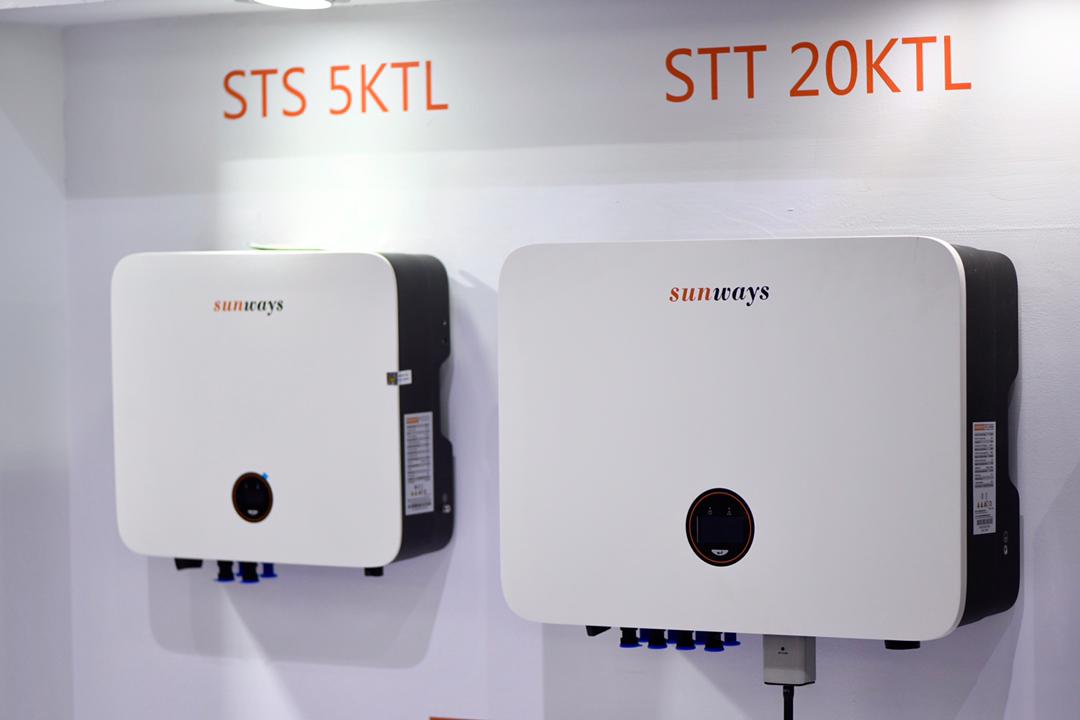As the dust settles after last week's SNEC solar conference and exhibition, the industry is still digesting the slew of new products which made their debuts, including high-power tunnel-oxide, passivated contact (TOPCon) and heterojunction (HJT) modules from Trina Solar.
The world's biggest module maker used the Shanghai event to launch a HJT product with a power output of more than 700 W and a claimed conversion efficiency of 22.55%. The device is made with zero cutting loss from the direct use of half-cut wafers, according to the manufacturer, and also features minimum-cell-gap technology. Trina said first-year attenuation of the product is less than 1%, with no more than 0.4% in later years. The temperature coefficient of the panel is 0.26% per degree Celsius and it offers 15% more bifacial rate than PERC rivals, according to the module giant.
pv magazine print edition
The latest edition of pv magazine is out! Pick up your copy today for a big look at the switch to large-format cells and modules. Coverage also includes TOPCon vs. HJT solar, co-location for green hydrogen production, price movements amid the polysilicon shortage, and the trends informing Southeast Asian PV growth.
Trina’s n-type i-TOPCon panel is based on the tunnel-oxide passivated contact cell tech and offers a reported conversion efficiency of up to 24.58% in mass production. The total panel rate is 22.3%, according to Trina, for a power output of more than 700 W. The manufacturer said the device boasts an anti-hot spot feature and a first-year attenuation rate of less than 1%. The product's bifacial rate is 10% higher than conventional PERC products, added Trina.
Both new models are based on 210mm wafers.
Elsewhere at the exhibition, metal wrap-through (MWT)-focused module manufacturer Sunport claimed to have resolved the conflict between back-contacts and bifacial panels with its M series products. The product displayed in Shanghai was based on an M6 (166mm) wafer and featured 72 half-cut cells to offer a claimed bifacial rate of up to 70%, especially on highly-reflective terrain.
Sunport also launched two other module products, with the company's C10 panel featuring half-cut M6 wafers and, with help of a triple parallel connection, offering a claimed conversion efficiency of up to 21.5% and a maximum power output of up to 660 W.
Popular content
The higher-spec Sunport C-Pro ‘super-high-power' panel combines MWT and heterojunction tech for a claimed conversion rate of 22.8% and maximum panel output of up to 700 W.
Inverter maker Sunways lifted the veil on three products in Shanghai, with devices for the residential and commercial and industrial markets.
Sunways’ STS 5KTL single-phase, grid-tied inverter offers a high-efficiency rate of 98.1%. The STT 20KTL has higher power density and an integrated power generation efficiency of 98.6% with a built-in, advanced MPPT (maximum power point tracking) algorithm which can reduce power loss caused by rapid weather changes and shadow multi-peaking. The STT 100KTL inverter is suitable for industrial and commercial rooftop and solar plant installation, said the manufacturer. The product's DC string voltage delivers high energy density for lower installation costs. With a claimed maximum efficiency of as high as 98.8%, Sunways said the device is smaller than rival offerings.
Growatt
Growatt was showing off its new MAX125KTL3-X LV string inverter. The 125 kW per unit offered by the product is the brand's highest capacity for a distributed commercial and industrial device.
The product offers maximum efficiency of 98.7% and, with 10 lines of MPPT and 80 MPPTs for every megawatt installed, solar arrays featuring the MAX125KTL3-X LV can optimize string connection efficiency in relation to balance-of-system costs, according to the manufacturer. The average string current of 16 A is a perfect fit for bifacial, 500 W-plus solar panels, added Growatt.
This content is protected by copyright and may not be reused. If you want to cooperate with us and would like to reuse some of our content, please contact: editors@pv-magazine.com.


By submitting this form you agree to pv magazine using your data for the purposes of publishing your comment.
Your personal data will only be disclosed or otherwise transmitted to third parties for the purposes of spam filtering or if this is necessary for technical maintenance of the website. Any other transfer to third parties will not take place unless this is justified on the basis of applicable data protection regulations or if pv magazine is legally obliged to do so.
You may revoke this consent at any time with effect for the future, in which case your personal data will be deleted immediately. Otherwise, your data will be deleted if pv magazine has processed your request or the purpose of data storage is fulfilled.
Further information on data privacy can be found in our Data Protection Policy.